Graphics Reference
In-Depth Information
Figure 4.15.
Views from two eyes for stereo.
1000
0100
0010
01
100 0
010 0
0011
000 1
1000
0100
0010
01
1000
0100
11
0001
¯
Ê
ˆ
Ê
ˆ
Ê
ˆ
Ê
ˆ
Á
Á
Á
˜
˜
˜
Á
Á
Á
˜
˜
˜
Á
Á
Á
˜
˜
˜
Á
Á
Á
˜
˜
˜
M
eye
=
=
(4.11)
d
ad bd
d
Ë
¯
Ë
¯
Ë
¯
Ë
--
ab
ab
To compute stereo views one would compute two views - one with the eye at
p
+
a
u
1
and one with the eye at
p
- a
u
1
for some suitable a. See Figure 4.15. The two
views are then displayed a suitable distance apart in a viewport. Actually, our discus-
sion here is a simplification of what is involved in stereo rendering and we refer the
reader to [Hodg92] for a much more thorough overview.
4.9
Parallel Projections
So far we have dealt solely with perspective views, but there are times when one wants
views based on parallel projections. Although this can be thought of as a special case
of central projections where the camera is moved to “infinity” along some direction,
it is worth considering on its own because one can achieve some simplifications in
that case.
Assume that our view plane is the x-y plane and that we are interested in the
parallel projection of the world onto that plane using a family of parallel lines. See
Figure 4.16.
If p is the parallel projection of
R
3
onto
R
2
4.9.1
Proposition.
with respect to a
family of parallel lines with direction vector
v
= (v
1
,v
2
,v
3
), then
(
)
=-
(
(
)
(
)
)
p xyz
,,
x zv v
,
y zv v
-
23
0
, .
13






